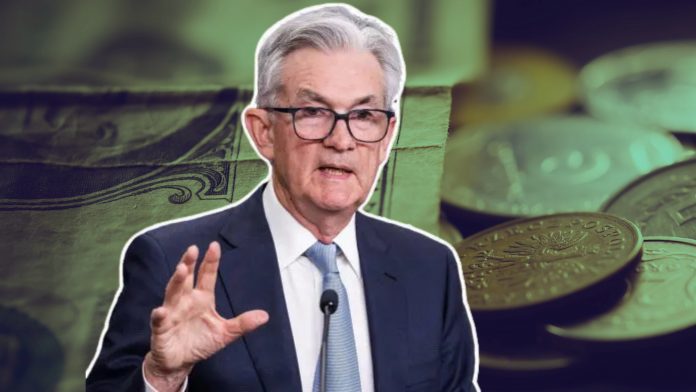The Federal Reserve has opted to keep its benchmark interest rate unchanged at 4.25% to 4.5% yesterday, pausing after a series of rate cuts that began in September 2024. Over the past few months, the Fed has reduced rates three times, lowering the benchmark by a full percentage point.
The decision to hold rates steady comes as the economy continues to improve, though inflation remains a concern. The Fed initially began cutting interest rates last fall in response to cooling inflation, a slowing job market, and rising unemployment. However, this latest move signals a cautious “wait-and-see” approach, particularly amid political shifts under President Trump. Some economists suggest that the Fed may be holding off on further cuts to assess the economic impact of the new administration’s policies, including proposed tariffs that could fuel inflation.
While inflation has declined significantly from its June 2022 peak of 9.1%, it remains elevated. Prices rose 2.9% year-over-year in December 2024, hovering near 3%—above the Fed’s 2% target. Reflecting this concern, the Fed notably omitted language from its latest statement that previously acknowledged “progress” toward its inflation goal. This aligns with its recent decision to push back its inflation target from 2026 to 2027.
On the employment front, the Fed noted that the U.S. labor market is showing signs of improvement, with a stabilized unemployment rate. Although the economy and job market have proven to be resilient, it’s too early to tell what the impact will be with President Trump’s looming tariffs and the mass deportation of millions of immigrants who lack permanent legal status.
The next Fed meeting is set for March 19, and expectations are that interest rates will remain steady. Economists predict that the central bank may not consider additional rate cuts until at least May 2025, depending on inflation trends and labor market conditions.
While the Fed has made strides in curbing inflation, economic and political uncertainty suggests that borrowing costs will likely remain elevated for the foreseeable future. For auto dealers and industry professionals, this means continued pressure on financing costs for both businesses and consumers as the Fed maintains a cautious stance on future rate cuts.



